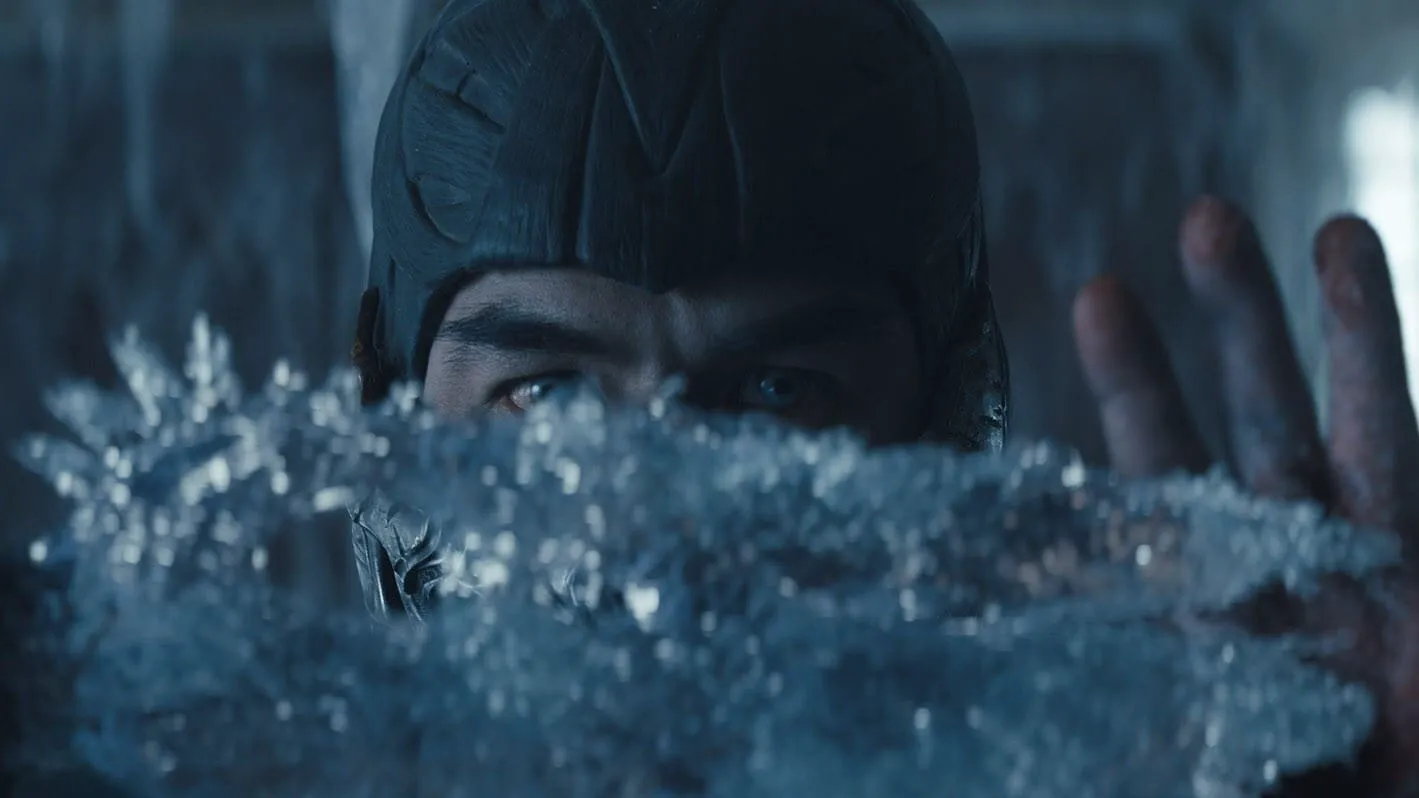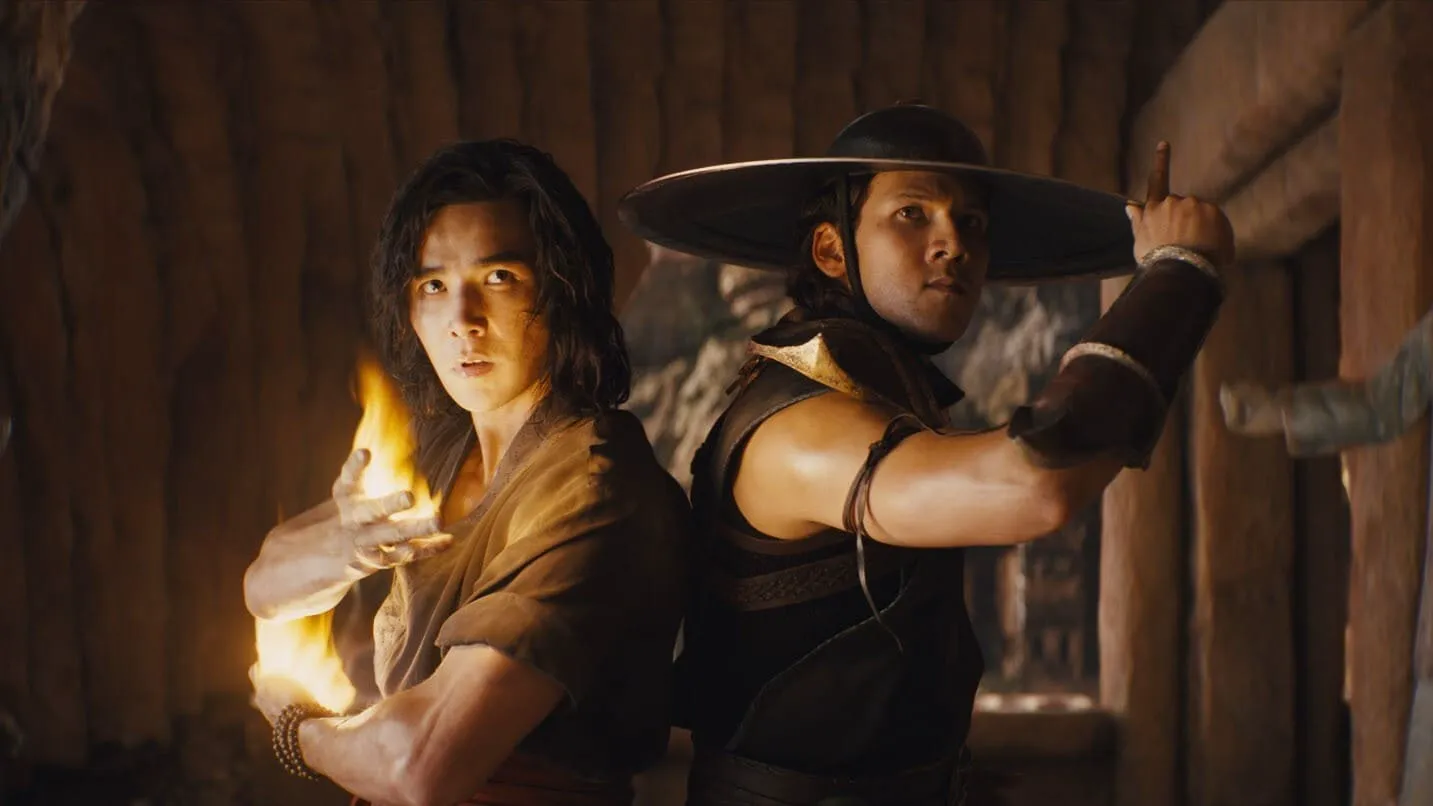Cole Young, once a successful fighter, is now just a loser, fighting for $200 in some semi-underground matches (which usually end in his defeat). Since childhood, he has had a strange birthmark on his chest in the form of a circle with a dragon – a symbol of the “chosen ones,” those who must defend Earth in the deadly Mortal Kombat tournament against the ruler of the Outer World, Shang Tsung (and Young is also a descendant of the great warrior Hanzo Hasashi, which is also important). However, the competition may not even take place: the villain sends Sub-Zero to destroy all the chosen ones from Earth and prevent them from defending their planet from invasion. Only Cole himself, former marines Jax and Sonya Blade, the cunning mercenary Kano, and the Shaolin monks Kung Lao and Liu Kang, who live in a hidden temple with Lord Raiden, remain alive. They need to unlock their arcana (hidden powers granted by that very dragon mark) as soon as possible to resist the warriors of the Outer World.

Joe Taslim as Sub-Zero in a still from “Mortal Kombat”
If the synopsis of “Mortal Kombat” left you confused, don’t worry, it’s perfectly normal. The plots of the original game series are a complete mess: everyone dies and is resurrected, children fight with grandchildren, grandchildren with great-grandchildren, in short, nothing is clear, and periodically the franchise even contradicts itself. In Mortal Kombat, however, only a few play for the sake of the plot – for most, it is more of an ideal entertainment for a party, a way to compete with friends in virtual strength and watch spectacular bloody battles of various bizarre heroes. And in this sense, Simon McQuoid’s film perfectly captured the essence of the original.

Hiroyuki Sanada as Scorpion in a still from “Mortal Kombat”
This is a movie from fans and for fans; in this sense, it is more like Duncan Jones’ “Warcraft” than the classic 1995 adaptation. In both cases, it will be difficult for a viewer unfamiliar with the franchise: no one is going to explain anything, everyone seems to understand everything, and you just sit there wondering why people around are clapping after some randomly dropped phrase from a hero you don’t know. In “Mortal Kombat,” the wild exposition with multiple worlds, upper gods, and insane tournaments is not rationalized at all but is taken as a given. Even Cole – a character specially invented for the film and clearly created as a kind of guide for the viewer into the game’s universe – very easily accepts the whole circus that has fallen on his head. He doesn’t shout “No, it’s impossible!” and doesn’t go through the usual stages of bargaining and denial. So what if there are gods, a four-armed monster, and a guy shooting fire from his hands? It happens.

Jessica McNamee as Sonya Blade in a still from “Mortal Kombat”
“Mortal Kombat” really looks like a fan film – one of those that raise money on Kickstarter and then upload to YouTube for free – both in a bad and a good way. The bad part is that, obviously, as “cinema” in the snobbish sense, it doesn’t work very well: a set of loosely connected action scenes designed to demonstrate the wide moveset of each character. The good part is that it is clear that the creators really enjoyed bringing another recognizable fatality to the screen or inserting the iconic GET OVER HERE into Scorpion’s mouth.

Ludi Lin as Liu Kang in a still from “Mortal Kombat”
There are many moments in “Mortal Kombat” that indicate that the authors understand their audience perfectly and are not shy about winking at them (although there are also fan service misses: for example, Goro is set up for half the film almost as the final boss, but in the end, he is defeated in a few minutes). The heroes comment on their victories with game phrases like Flawless Victory or Kano Wins, and there is even a joke where a fighter complains about an opponent – saying that he constantly uses the same technique. It’s a pity there isn’t a scene where one of the characters would say to another: “Wait a second, let me try something.”
What Makes Mortal Kombat Tick?
The film perfectly understands what it wants to be – a perky “B-movie” without complex drama and with cool fights. It’s hard not to respect such cinematic sincerity, although “Mortal Kombat” only partially achieves what it wants. It is clear that good choreographers worked on the action scenes, and the actors understand what to do – and for once, the extreme cruelty of the game (albeit in a somewhat truncated form) has reached the adaptation: Kung Lao here cuts enemies in half with his hat, someone has their guts released, others have their arms torn off live.
The Downside
But all this would have looked much cooler if not for the frankly lousy editing. Honestly, there is a feeling that each episode should have lasted twice as long, but it was somehow shortened to not exceed the two-hour runtime – hence the jerky cuts and the abutting frames where the heroes somehow instantly move in space. It’s time for director Simon McQuoid to start shouting about how there is a “McQuoidcut” lying somewhere in the studio’s vaults. Otherwise, we might think that he is just a weak director.